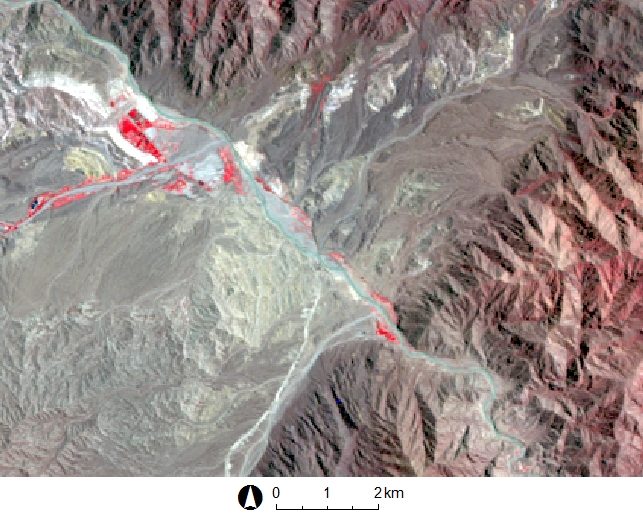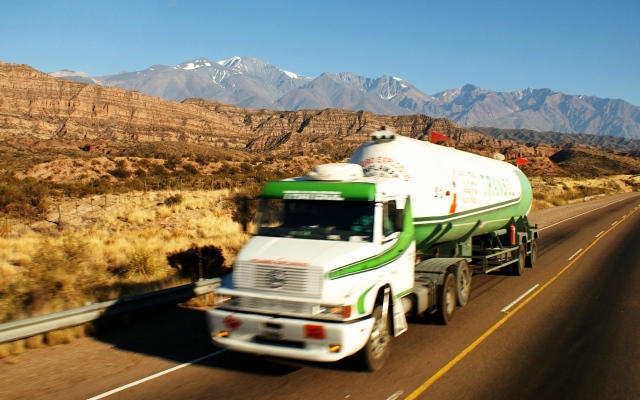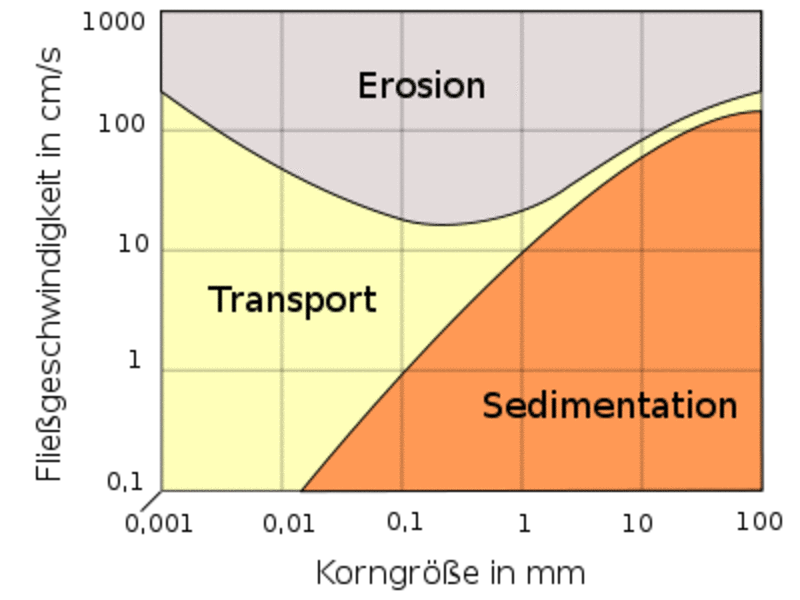

On the way from Mendoza across the Precordillera in direction to Uspallata, the National Road 7 first does not follow the valley of the Río Mendoza, which runs through a narrow gorge in this area, but crosses a low mountin pass farther south and then joins the main valley in a wide basin near the village of Potrerillos. It was exactly this topographic situation - the sequence of a wide valley section and a narrow gorge - which was considered useful for impounding the Río Mendoza: after four years of construction, the 116 m high Potrerillos Dam (Embalse de Potrerillos) was completed in 2003. It is located in the gorge, so that the dam crown can be quite short, whereas the reservoir can store plenty of water in the wide valley section behind. The facility is used for hydropower generation on the one hand, and serves for flood protection and irrigation of the agricultural fields around Mendoza on the other hand.
Click into the title image and view the reservoir from another perspective.

















